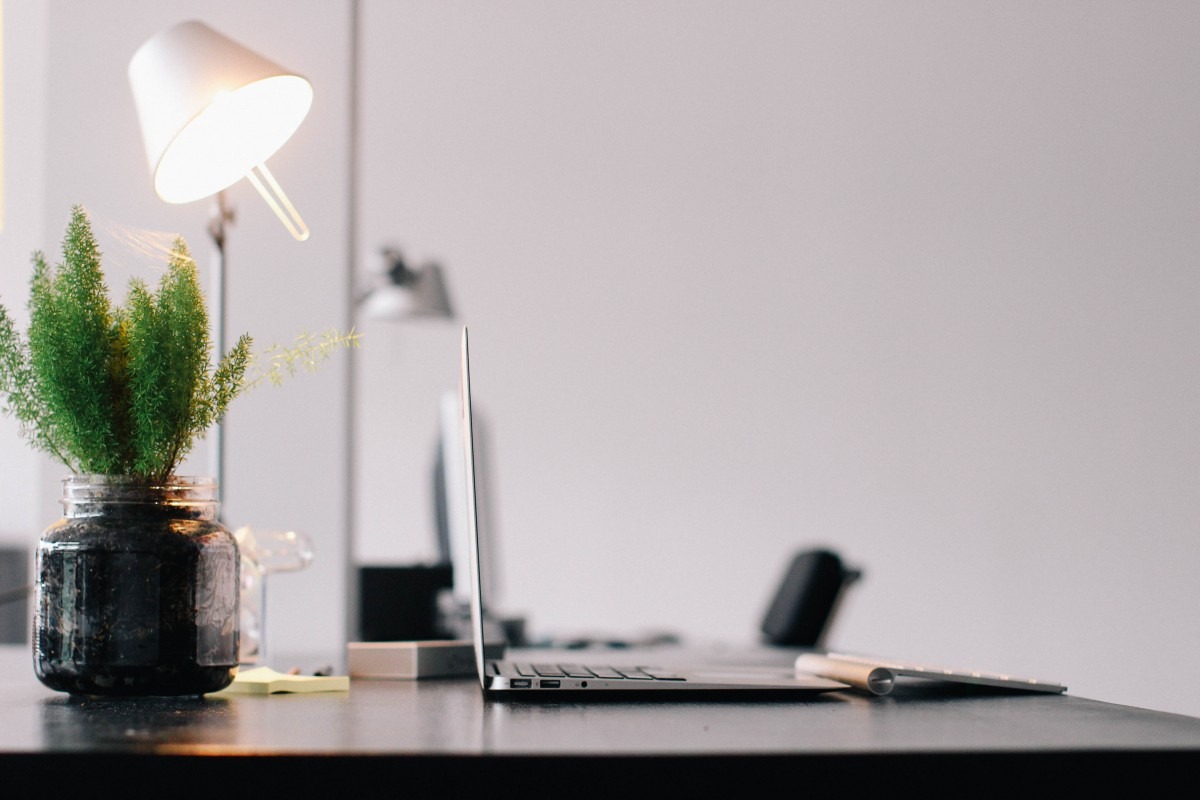Want to boost staff productivity in your workplace? Try revamping the lighting. Changes in the quality, intensity and availability of lights can have a profound impact not only on how well employees can see, but also in overall health and mood. Several individuals suffering from Seasonal Affective Disorder (SAD), for instance, leverage light therapy to overcome the lethargy symptoms caused by the longer nights and shorter days of winter. Who knew workspace lighting could directly impact morale, productivity, and even health!
Follow these workspace lighting recommendations to turn your office into a better place to work.
1. Invest in Programmable Lighting
Many top organizations are starting to refresh their workplace with lighting that enhances control and mood. A new trend in office redesigns is the installation of programmable lighting. It’s not only thought to reduce energy bills, but also support employees’ circadian rhythms. Programmable blinds, control systems, and LEDs can also be adjusted to deliver an energy boost when it naturally drains (like at mid-afternoon), and workers with access to lighting settings can override them to fit their preferences.
2. Eliminate Lighting-Related Annoyance
Regardless of what lighting you incorporate, make sure not to make your clients and workers suffer from uncomfortable or annoying conditions. Higher productivity will most likely be the result of you switching flickering bulbs and buzzing ballasts with quiet, steady lighting units like LED bulbs. If fluorescent lighting is present in certain areas of your office, make sure the windows nearby are open. This will allow natural lighting to counter fluorescent’s negative effects.
3. Increase Daylighting Where Possible
Nothing compares to Mother Nature’s lighting solution. Natural lighting is key to reducing staff turnover and sick days, as well as improve memory, mood, and overall concentration. Big skylights and office windows allow for a pleasant office environment. When these aren’t possible, you may still be able to leverage the presence of sunlight by incorporating tubular skylights. Tubular skylights are tiny daylighting devices that can easily fit on the roof, delivering sunlight into the rooms below with the help of a “reflective tube.”
4. Look into Blue-Enriched Light Bulbs
Where natural daylight isn’t available, you can use “blue-enriched” lightings. Bulbs that are 17,000k and give blue-enriched lighting can actually increase work performance by enhancing alertness, acuity, and vitality, all while preventing fatigue and daytime drowsiness. In addition, blue light also minimizes the production of melatonin (a hormone made in our glands), reducing sleepiness. Given the variety of advantages, it would be a smart decision to install blue or cooler lights where brainstorming sessions are conducted so that people can feel excited and motivated about sharing their ideas with the stakeholders.
5. Get The Lux Levels Right
From the perspective of lighting, make sure the lux levels are ideal for staff members who need to look at a PC screen as well as read documents. In the era of paper-based offices, a good level of lighting (around 1000 lux) was needed. 300-500 lux is required for PC monitors. Make sure to offer the right lux levels for both; low ambient lights for PC screens and adjustable task lighting for reading should get the job done. By making these additions, you’ll be able to provide your personnel with the lighting boost they require, something especially needed for older members of the staff who need more light.
6. Install Desk-Based Lamps
When it comes to brightening dimly lit spaces, install daylight lamps (the desk-based variants). They use white light to simulate natural daylight. Another thing you can do is place a light therapy box near people’s workstations to help combat seasonally adjusted disorders (SADs). Most therapy boxes deliver bright light that takes the shape of outdoor lighting. Around 2,500 to 10,000 lux levels are produced by a typical therapy box, mimicking a bright day in the summer season.
7. Don’t Ignore the Benefits of Smart Bulbs
Got a little more to spend? There are various types of smart bulbs present in the market. Most of them replicate the quality of natural lighting in a slowly tweaking spectrum that could be even better for people’s circadian rhythm than blue-ambient lighting. Some variants of these bulbs also enable for a more nuanced management of lighting quality. Because every day in the office is different, the lighting should be able to identify and respond to the workers’ needs in order to increase overall productivity. Examples of such bulbs include LumiFi and Phillips Hue Lighting.
8. Offer Customized Lighting in Cabins
For workers with their own cabins, offer customizable lights so that they can decrease or increase the brightness when or as they need it, based on the type of work they’re doing. The people in charge of selecting and fixing the lights could also deliver a briefing to personnel whenever a new kind of light with new functions is installed. Taking this step will ensure the personnel understand how to utilize their functions and that they are optimally used.
9. Floor Lighting Could Be an Option
Not many firms have begun to offer this type of lighting, but it could be an option if you want to focus on offering custom lighting choices in each employee’s workstation. While the cost is going to be a bit higher, workplace productivity may improve when each worker is able to set up a lighting of his or her choice without bothering anyone else in the office.
Conclusion
At the end of the day, what matters the most is your personnel’s comfort. Getting the lighting right is just one way to make sure that everyone has the environment to work at their optimal capacity. To recap, day lighting should be prioritized in most key areas of the office, and blue-ambient lighting should be installed where natural light is unable to reach. Also, any instances of annoying lights should be eliminated to ensure workers are able to fully concentrate on the tasks at hand.

